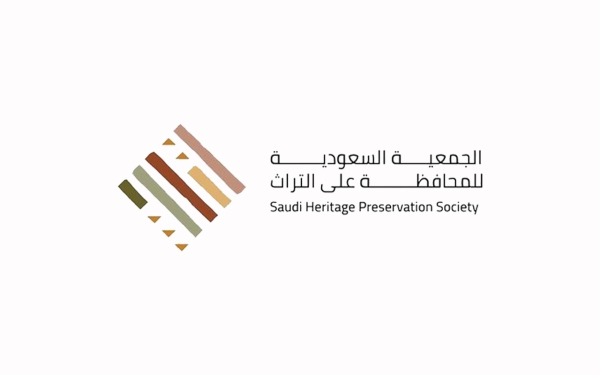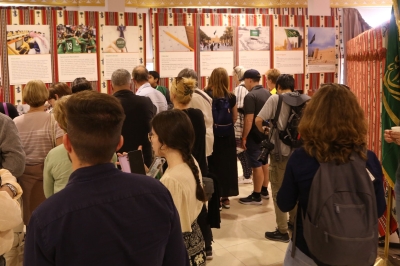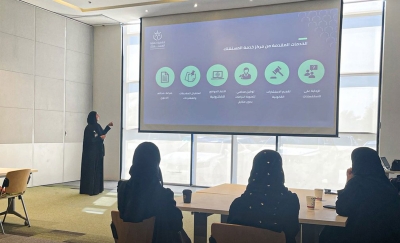

The Saudi Heritage Preservation Society (We Are Our Heritage) is a regional charitable organization, concerned with preserving the heritage of the Kingdom of Saudi Arabia and highlighting it both locally and globally. The United Nations Educational, Scientific and Cultural Organization (UNESCO) registered it in 2019 as an international non-governmental organization in the field of heritage. Thus, it became the second Saudi non-governmental organization registered with UNESCO and the first Arab organization in the heritage field.
Establishment of the Saudi Heritage Preservation Society
The Saudi Heritage Preservation Society was established in 2009 and was registered with the Ministry of Social Affairs (currently the Ministry of Human Resources and Social Development) in 2010. The society works in partnership with various civil and governmental entities. Its main headquarters is located in the capital, Riyadh, and it has branches in Jeddah, Jazan, Najran, Yanbu, al-Ula, and al-Ahsa.
Objectives of the Saudi Heritage Preservation Society
The society is an active and influential driver in preserving Saudi heritage, raising awareness of its national importance and value, and leveraging it. It aims to educate about the Kingdom's heritage, enrich students and those interested in the heritage field, and inventory and document heritage elements and research them to pass them on to future generations and highlight them locally and internationally as symbols reflecting the cultural richness of the Saudi identity.
Mandates of the Saudi Heritage Preservation Society
The society undertakes a variety of mandates to fulfill its objectives. These include: supporting institutions, authorities, and research and scientific centers specialized in heritage within the Kingdom, preserving heritage in collaboration with citizens, making it a contributor to tourism, backing group and individual handcraft projects, working with concerned parties to protect and enhance them to be economically supportive products, collaborating with relevant entities to develop private museums and maintain artistic and heritage collections, contributing to the enrichment of the heritage field and raising awareness about its importance. Additionally, the society embarks on projects to restore heritage and historic landmarks, issues publications, disseminates research about the society's role and activities, holds conferences, seminars, and workshops, and organizes training and educational courses in the field of the society's work and its activities.
The Saudi Heritage Preservation Society has actively worked on preparing files for the intangible heritage elements of the Kingdom registered with UNESCO. This effort aligns with the association's objectives of preserving and promoting such heritage. Notably, falconry was registered in UNESCO's files in 2012, followed by the Najdi Ardah in 2015. In the same year, Arabic coffee and the guest reception area (Majlis) were also registered. The Mizmar was recorded in 2016, al-Qatt al-Asiri in 2017, and the date palm in 2019. Additionally, the Sadu weaving and Khawlani coffee beans were registered in 2020, and al-Bisht al-Hasawi was documented in 2021.
Launching the strategic plan for the Saudi Heritage Preservation Society.
On October 30, 2022, the association launched its strategic plan for 2023-2025, which included a new vision represented in a preserved, sustainable heritage that is passed down through generations. Through this step, the society aimed to keep up with the current developments in the heritage system locally and globally, in order to enhance its work, maximize the impact of its activities, and achieve its goals. The society's updated mission in its new strategic plan states that it is 'an organization dedicated to managing heritage and building the capacities of those working in the sector with national expertise and international standards.' The values are represented in four main pillars: professionalism, initiative, communication, and cooperation.
The society's strategies, according to the new plan, include focusing on its local expertise and international accreditation, taking the initiative in project submissions, ensuring swift execution and the quality of outcomes, specializing in the services provided, and emphasizing inventory using a methodology that engages the international community. The plan included strategies for the programs, which involve using the latest documentation technologies. It also emphasized managing the cultural and natural heritage through a comprehensive framework for management and development. The plan focuses on registering and managing creative cities. The operational objectives are reflected in improving administrative performance, investing in human resources, and developing financial resources.
Related quizzes

